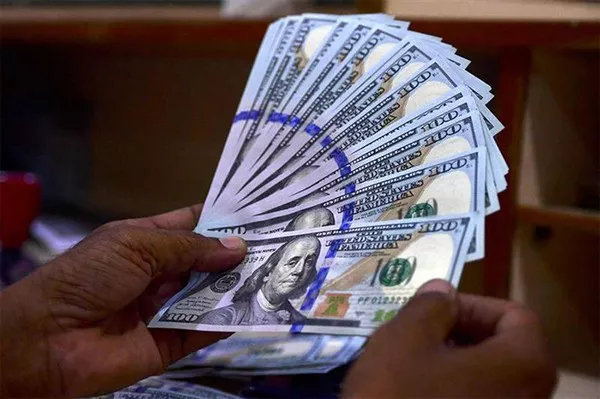In Asia on Thursday, USD/JPY fell for the second consecutive trading day, trading around 141.30. Improving Japanese trade data for November weighed on USD/JPY. However, Bank of Japan Governor Kazuo Ueda’s speech was not aggressive enough and could weigh on the Japanese yen (JPY).
Data released by Japan’s Ministry of Economy, Trade and Industry on Thursday showed that retail trade (YoY) rose to 5.3% from the previous 4.1%. The seasonally adjusted monthly retail trade rate also rose to 1.0% from -1.6% in the previous month. In addition, the initial value of industrial production (annual rate) also rose to 5.3% from the previous value of 1.1%.
Bank of Japan Governor Kazuo Ueda said on Wednesday that there was no rush to relax ultra-loose monetary policy. Ueda noted that there was relatively little risk that inflation would rise well above the 2% target and accelerate. Regarding the possibility of a policy change at the January policy meeting, Ueda said “for now, I think it is unlikely that this will happen.”
On the other hand, market participants expect the Federal Reserve (Fed) to cut interest rates in the first quarter of 2024, prompting the dollar to continue to weaken. This expectation was made after the Federal Reserve’s December interest rate decision. The Federal Reserve’s interest rate expectations dot plot shows that the Federal Reserve is likely to cut interest rates up to three times before the end of 2024, with a total of 75 basis points.
The Richmond Fed looked at shipments, new orders, order backlogs and inventory information. On Wednesday, the Richmond Fed manufacturing index dropped 11 points in December, while market expectations were for a 7-point decline. The previous value was down 5 points. The data provides investors with valuable information about the current level of activity in the manufacturing sector. Investors will likely look to Thursday for data on initial jobless claims and existing home sales in the U.S. last week.


